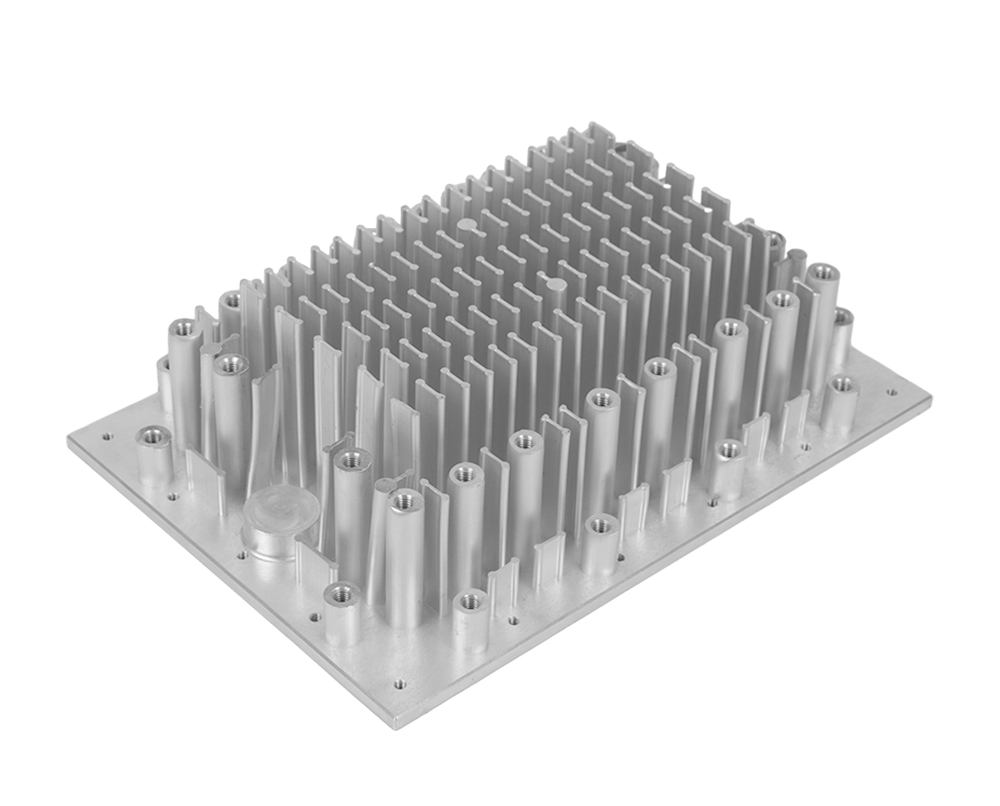2025-05-06 hits:0 source:News

Quality inspection of aluminum profiles for rail transit is of paramount importance to ensure the safety, reliability, and durability of railway vehicles and infrastructure. Given the harsh operating conditions of rail transit, including vibrations, impacts, and varying environmental factors, aluminum profiles must meet strict quality standards.
One of the primary aspects of quality inspection is the assessment of mechanical properties. Tensile strength testing is crucial to determine the maximum stress the aluminum profile can withstand before breaking. High - quality rail transit aluminum profiles should possess sufficient tensile strength to endure the dynamic loads during train operation, such as the forces generated during acceleration, braking, and cornering. Additionally, yield strength, which indicates the stress at which the material begins to deform plastically, is carefully measured. Profiles with appropriate yield strength can absorb energy during collisions or sudden impacts without catastrophic failure. Elongation, the measure of how much the material can stretch before breaking, is also an important parameter, as it reflects the ductility of the aluminum profile, enabling it to withstand certain deformations without fracturing.
Dimensional accuracy inspection is another key element. The dimensions of aluminum profiles for rail transit, including length, width, thickness, and internal cavity sizes, must adhere precisely to the design specifications. Even minor deviations can lead to problems during assembly, affecting the structural integrity and fit of components within the rail vehicle. Advanced measuring tools, such as coordinate measuring machines (CMMs), are employed to obtain highly accurate dimensional data. These machines can measure multiple points on the profile's surface, ensuring that all critical dimensions are within the allowable tolerance range.
The surface quality of aluminum profiles is also rigorously inspected. Any defects such as cracks, scratches, dents, or uneven surfaces can compromise the profile's performance and aesthetics. Visual inspection, often carried out by trained inspectors under specific lighting conditions, is the first line of defense in detecting surface flaws. Non - destructive testing methods, such as ultrasonic testing and eddy current testing, are also used to detect internal defects that may not be visible on the surface. These methods can identify hidden cracks or voids within the aluminum material, ensuring that only flawless profiles are used in rail transit applications.
Read recommendations:
aluminum extrusion linear rail
precision metal stamping parts
lf you have any questions or comments, you can leave us a message and we will reply to you as soon as possible
